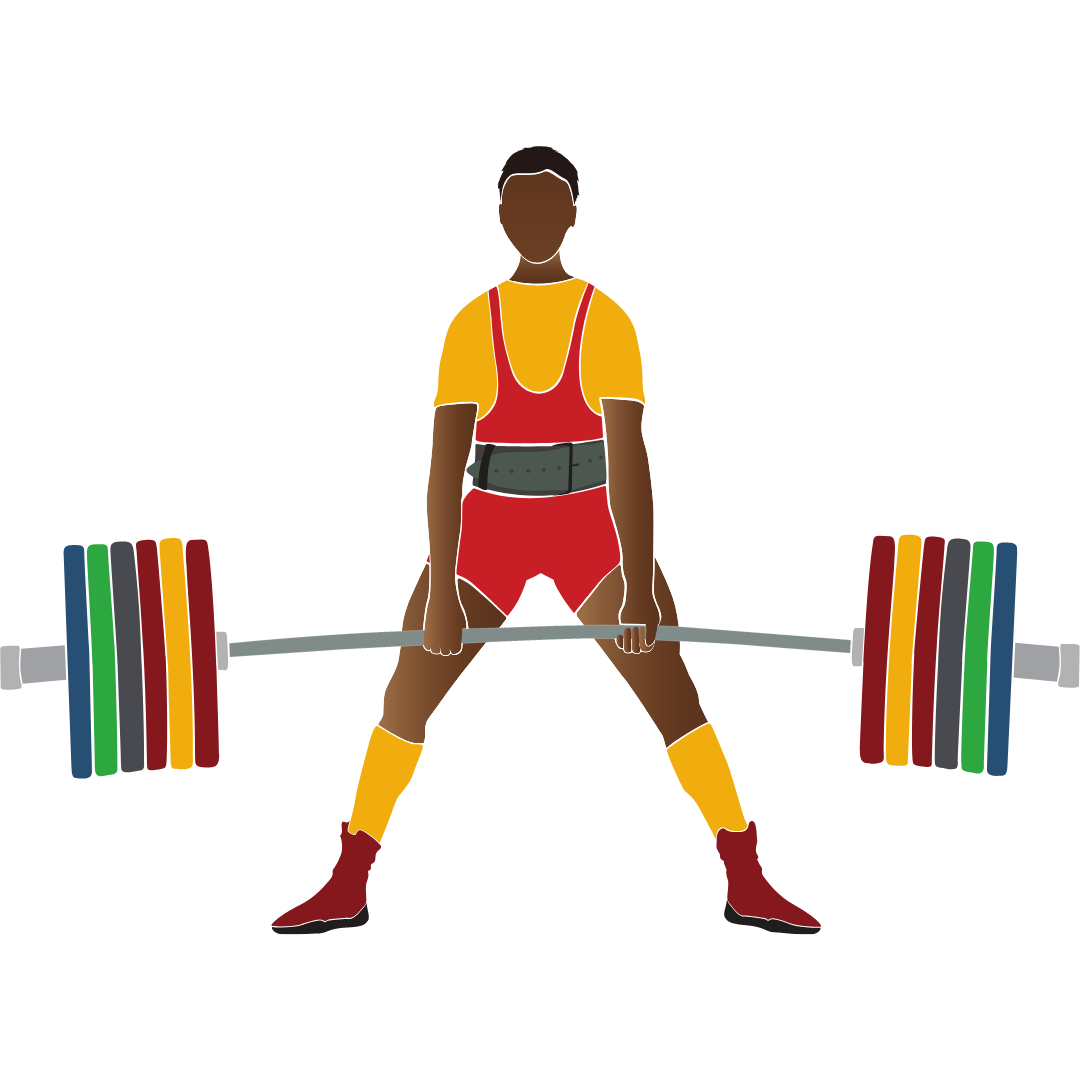Do We Need to Continue to Increase Load Forever?
This blog post was first sent to the Strength for Yoga email list as an email newsletter. Sign up for the SFY email newsletter here!
Do we need to continue to increase load indefinitely for the rest of our life in order to continue to build strength?
This is an existential question that many strength-minded yogis find themselves pondering from time to time. :)
For my strength training to remain effective, do I have to continually add more and more load to my strength exercises?
Will I eventually need to be deadlifting an elephant or a car in order to continue to create strength gains? 😛
Or should I stop adding load at some point? And if so, how can I continue to progressively overload my exercises to stimulate strength adaptations?
Here is our Strength for Yoga answer to this age-old question!
Progressive overload is important if we're interested in continuing to build strength over time.
"Progressive overload" is exercise science jargon for the process by which we get stronger. To build strength, we have to push our muscles beyond their previous force production capacity. This is the "overload" part.
However, progressive overload doesn't always need to look like lifting heavier weights. Sure, adding more weight is one strategy for progressing our exercises. But there are many other options, as well!
Let's look at an example to illustrate this...
Suppose you were to do 3 sets of 10 reps of deadlifts with 16 kilograms (~35 pounds). That might be challenging at first, but eventually, it would become easy.
Once it becomes easy, if you were to continue doing 3 sets of 10 with 16 kg, your body would no longer need to adapt.
Now, increasing load is definitely the most straightforward way to build strength (e.g., 3 sets of 10 with 20 kg).
But in the real world, it's not always possible or practical to go heavier every week. This is because strength gains aren't always linear, and we might not always have access to heavier weights.
Therefore, we like to think of progressive overload From a broader perspective.
Once 3 sets of 10 with 16 kg becomes easy, you could keep the weight the same and do...
Increase reps: 3 sets of 12 reps
Increase sets: 4 sets of 10 reps
Increase "time under tension": Slow the reps down or pause at the top
Increase "density": Rest less between sets
Increase exercise difficulty: Stagger your stance to bias one leg
...and the list goes on!
As you can see, it's not always about going heaver and heavier. There are other Strength training parameters we can change that will continue building other facets of strength.
At Strength for Yoga, we recognize that many of our Remote Group Training members only have access to a handful of weight options. As such, our monthly programs emphasize progressing the exercise variations.
This way we can generally stick with the same weights but progress with more challenging exercises.
As you can see, the question of how to progress exercises is more nuanced than it might seem on the surface. This can be reassuring because it means we have more options for moving forward in our strength practice than we might’ve thought!
You Might Also Like…






